1 Introduction
Since the birth of the film, people's pursuit of image quality has not stopped, from black and white to color, from 16mm film to 35mm film to abnormal 70mm film, digital photography also from 480P to 1080P to 4K, and even appeared 8K. Along with the improvement of image-capturing technology, the screen projection technology is also doing the same improvement. The home-use area is from the 480P in the DVD era to the 1080P in the Blu-ray era to the latest UHD 2160P. Not only the resolution is improved, but also the color space and color. Depth and so on, related indicators are constantly improving, all this is a goal is to see a more realistic picture is closer to what the human eye sees. 4K as a resolution index we all understand, the following is the main talk about HDR.
About HDR Technology
We briefly explain HDR technology through several Q&As. What was the concept of the most popular speculators of major TV manufacturers last year? There is no doubt that HDR technology, then what is HDR? HDR is an abbreviation of High Dynamic Range, which is high dynamic range. Well, what is the high dynamic range? It is known that photoreceptors have an index called dynamic range, which can also be understood as the latitude we often say. It is simply the degree of detail that can be preserved in an exposure and high light and dark light, regardless of the film or the current photosensitive chip. Latitude is currently relatively limited, so it is difficult to take into account both highlights and shadows in the face of large light scenes. To cope with this situation, in photography, multiple exposures and compositing are used to achieve the balance. This is the earliest HDR. technology. Why did you not apply this technique to movie shooting? It is very simple, film needless to say, it is impossible for a scene to shoot with low-sensitivity film and high-touch film again. In the early days of digital photography, because the latitude of digital photographic chips was not high enough to get enough details at the same time, with the successive enhancement of digital photographic chips, it is now possible to finally perform HDR processing in the later stage to have the current HDR video. BTW: The human eye plus the brain is actually a super HDR camera, so human vision has a very high dynamic range. This is what HDR aims to achieve - it is to restore the true picture as much as possible.
In the television industry, although HDR is a few years later than 4K technology, with the announcement of the UHD Blu-ray technology standard last year, both of them started to promote at the same time. HDR has become one of the standard 4K Blu-ray and important components. Some of them, together with the 4K resolution, constitute one of the two swords that crush the ordinary 1080P Blu-ray quality. Even in small and medium screens (75 inches or less), the improvement of the picture quality is more obvious than the simple 4K resolution. This test is to see what kind of effect the HDR+4K double-sword combination is in the end. There is no HDR in 4K and how far it will be. How far does the 1080P normal blue light have nothing more than what UHD blue light has.
2, test conditions and preparation
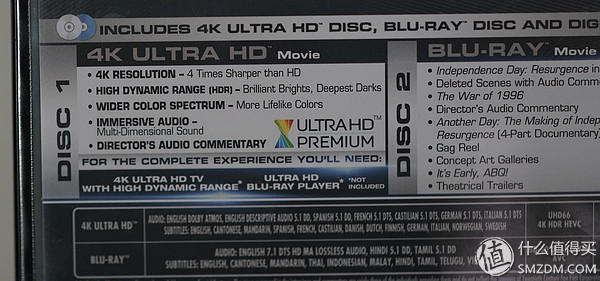
Above is a 4K UHD Blu-ray package on the back, from the above we can get that information, first of all told us about the 4K Blu-ray movie disc several brightness, the first is of course 4K resolution, the second is the HDR effect, the first Three are more intense color depths, and finally immersive sound effects - that is, with Dolby Atmos or DTS X panoramic soundtracks, this article specifically states in the following drying orders:
Then all current commercial 4K UHD Blu-ray is a set of two discs, one is 4K UHD Blu-ray and the other is common common 1080P Blu-ray, which is also for home theater users who do not currently have UHD devices. This facilitates the comparison at the same time. It can be seen that there is a big gap between the best 4K and the best 1080P.
The disc on the left is normal 1080P blue, and the one on the right is 4K UHD blue.
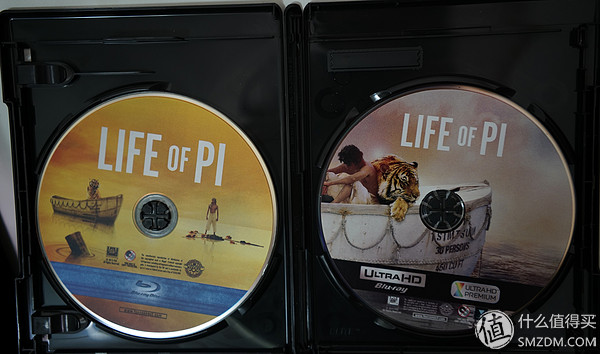
The final step is to tell you what you need to play this 4K UHD in its entirety. Simply put, it is a 4K+HDR capable TV, monitor, or projection, as well as a UHD player that can read UHD Blu-ray and a dedicated HDMI cable. These things were also shown in my previous bills.
Sony VW328 true 4K projection, can get very important HDR function through the official website related firmware upgrade
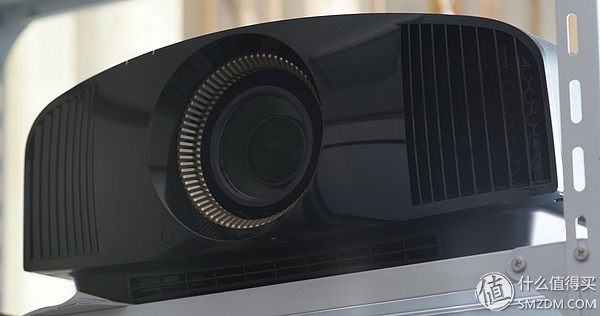
UHD disc drive, Panasonic DMP-UB900 (the above), as the flagship quality support HDR is necessary, but also has the strongest 1080P ups 4K capability

4K UHD disc chose a high-definition 4K HDR documentary "Space Journey" and two acclaimed and familiar movies "Youth School Fantasy Drift" and "Mad Mad Max 4-Rage" The Road, the documentary mainly depends on the effect of real shooting, and the movie is based on the joint effect of real scenery and CG.
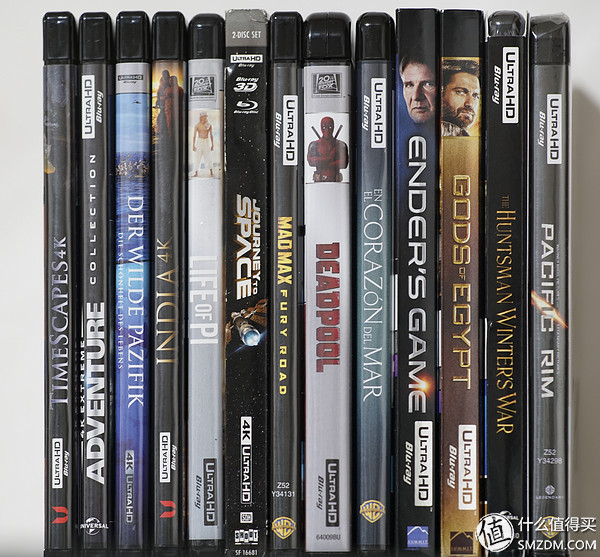
3, test methods
Very simple is the screen shot, the so-called one hundred is not as good as a word, said no more directly to clearly show the picture. The 135-inch Yili high-end branded EPV ISF certified picture frame screen is used as the projection picture carrier for this test. The 135-inch large screen can clearly reflect the difference between 4K and 1080P resolution. The ISF certification screen guarantees the picture color. Accurate to reflect the effect of HDR. Screen camera is Sony's quality flagship A7R2, in order to further show the details of the difference to give up the wide-angle lens shot on the ZDM usually used in the wide-angle lens shot, but to use 135mm F2.0 telephoto full-frame lens to shoot the entire picture A small part, fixed on a tripod to ensure that the picture position is as consistent as possible.
These two figures can be seen in the size of the shooting screen relative to the full screen
This is the size of the full screen, the tripod in front of the screen as a reference, 35MM lens shooting
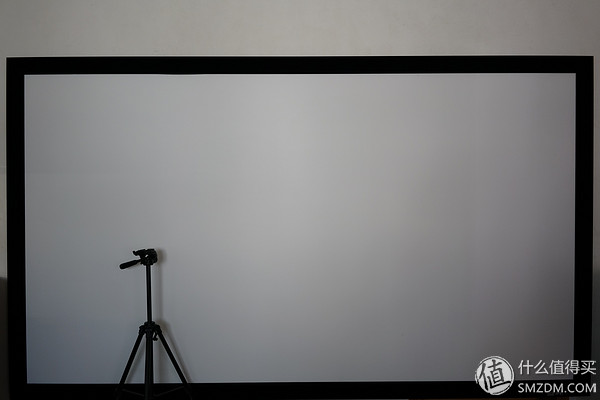
This one is a tripod with the 135MM lens in the same position as the shooting point of the test calibration point, not a screenshot, so that everyone has an understanding of the size of the entire screen behind the test picture.
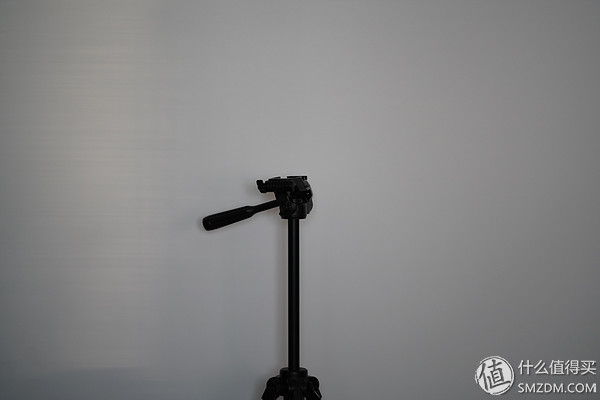
HDR option of the projector can turn off the HDR effect, so testing the difference between HDR can directly compare the same picture. This is the focus of this test, the picture is mainly concentrated in this block, and the difference between 4K and 1080P needs to be changed. The disc, so the timeline between the two will inevitably have subtle differences, so this picture will not be exactly the same, this test is not as a key, and several pictures are enough to reflect the difference.
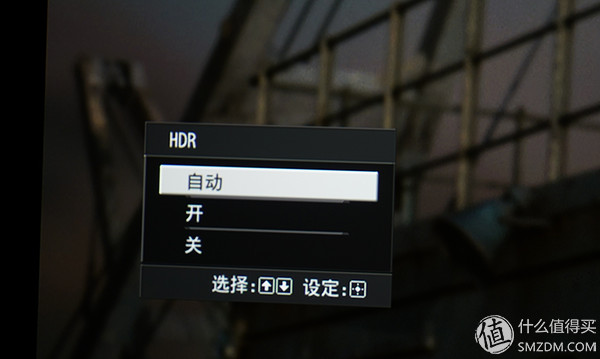
Note: In the same screen comparison, all camera parameters are the same, ie fixed in the same position, same focal length, same shutter, same ISO. However, since the brightness and darkness of different screens are greatly different, the parameters between different screens are not necessarily the same for the convenience of viewing. 4, the test began to multi-map warning!
The first test was a documentary titled "Journey to Space." This film received a 100-point quality rating on AVS, the famous home theater forum in the United States. We started with it first. We said so much nonsense. Look directly at the map. In the picture, the picture is on the bottom, the test part does not make any evaluation, and finally the unified explanation.
Picture 1:
4K, SDR (ie HDR off)
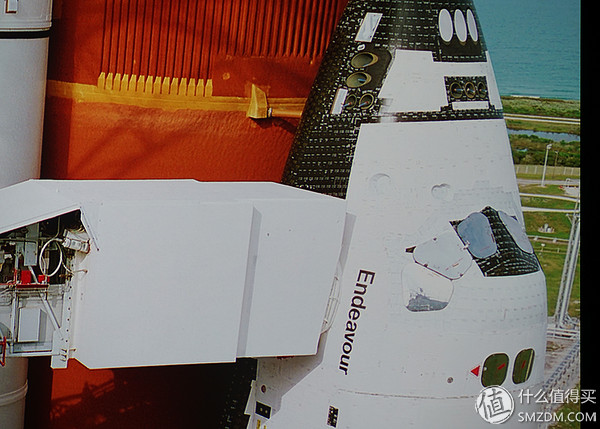 4K, HDR
4K, HDR

Picture two:
4K,SDR
 4K, HDR
4K, HDR

1080P,SDR

Screen three:
4K,SDR
 4K, HDR
4K, HDR
 1080P,SDR
1080P,SDR

Screen 4:
4K,SDR
 4K, HDR
4K, HDR

Picture 5:
4K,SDR
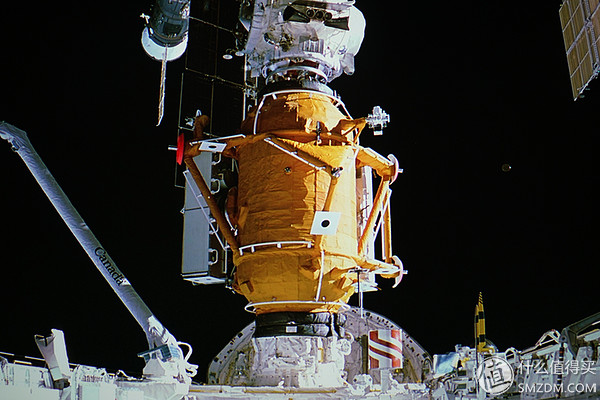 4K, HDR
4K, HDR
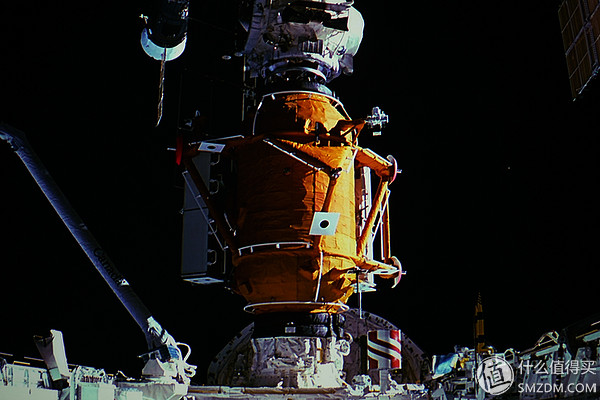 1080P,SDR
1080P,SDR

Screen 6:
4K,SDR

4K, HDR
 1080P,SDR
1080P,SDR

Then the movie we tested was “Mad Max 4, Rage Roadâ€. A large number of real shots were made. The location was in the desert of Namibia. The harsh environment and the high-strength film crew used almost all the expensive Ale Alexa cameras. Its good quality sound effects won multiple Oscars for this film.
Picture 1:
4K,SDR
 4K, HDR
4K, HDR
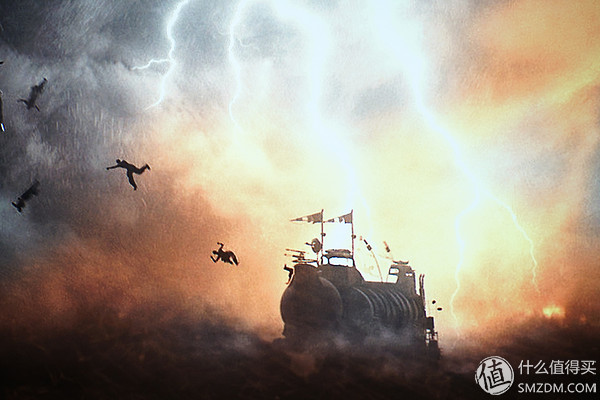
Picture two:
4K,SDR
 4K, HDR
4K, HDR

Screen three:
4K,SDR
 4K, HDR
4K, HDR
 1080P,SDR
1080P,SDR

Screen 4:
4K,SDR
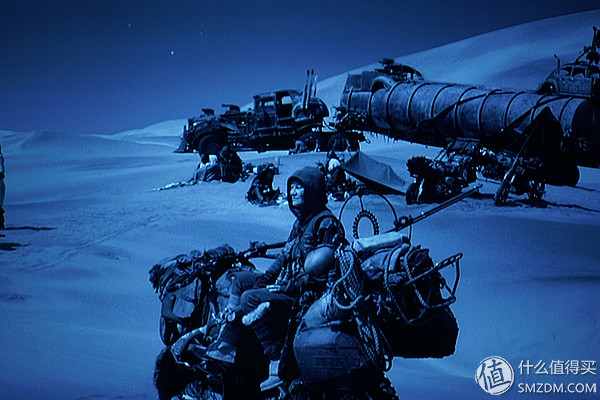 4K, HDR
4K, HDR
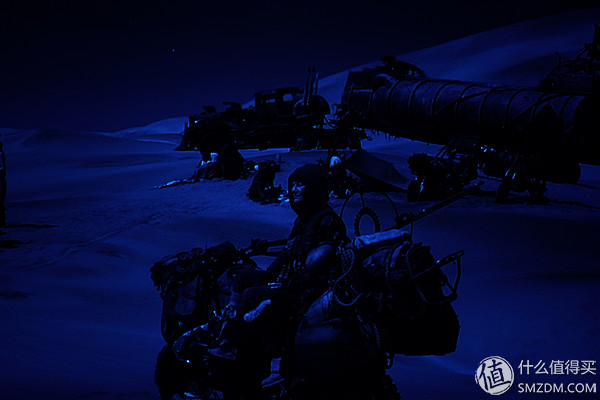
The final test piece was the movie "Fantasy Rafting by the Juveniles." It was hailed as another visual spectacle after "Avatar." It also won several Oscars.
Picture 1:
4K,SDR
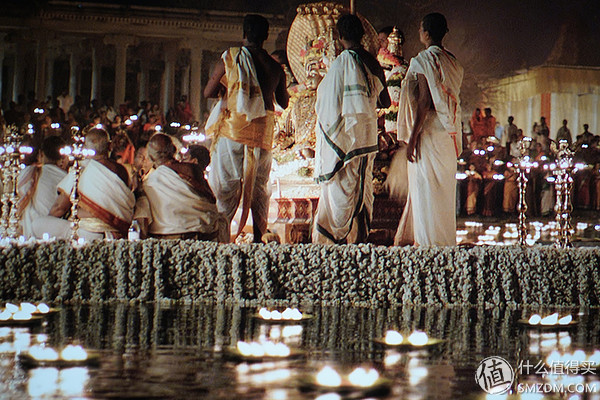 4K, HDR
4K, HDR
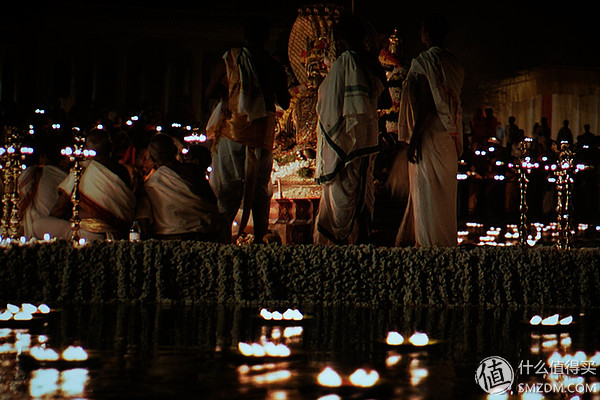
Picture two:
4K,SDR
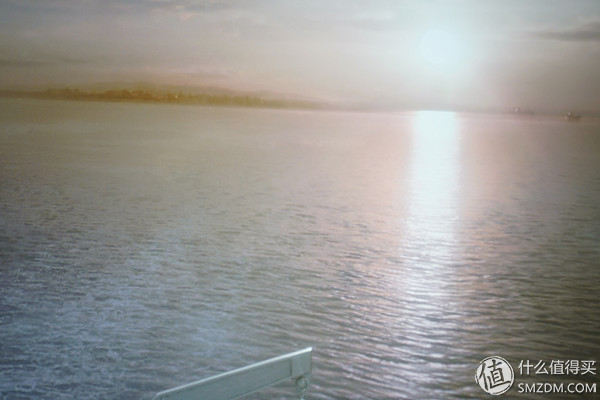 4K, HDR
4K, HDR
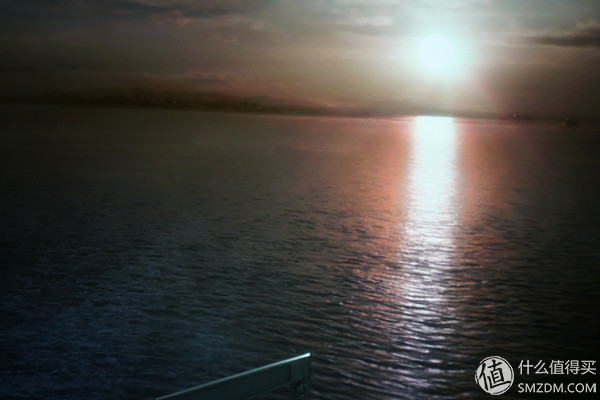
Screen three:
4K,SDR
 4K, HDR
4K, HDR
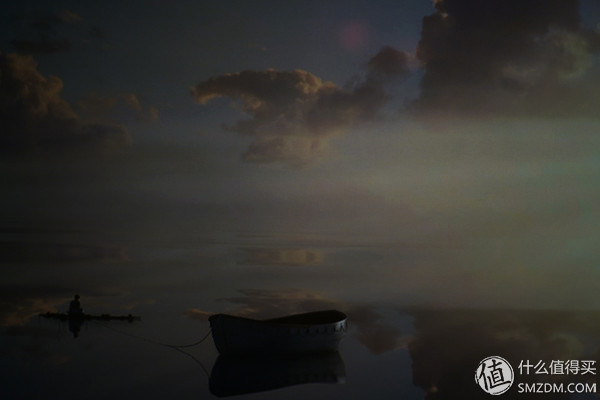
Screen 4:
4K,SDR
 4K, HDR
4K, HDR

Behind are two 4K and 1080P contrast
Screen 5:
4K, HDR
 1080P,SDR
1080P,SDR

Screen 6:
4K, HDR
 1080P,SDR
1080P,SDR

Summary: The above is the entire content of the comparison test. You should have an intuitive understanding of the direct differences between 4K, HDR and 1080P, and it should be emphasized that the Sony home 4K projection has a real creative mode and has a powerful 1080P. Ups 4K capability, and Panasonic UB900 is currently the strongest player with 1080P up-converted 4K capability, so the two strong forces combined to minimize the gap between 1080P and 4k UHD, even if the gap is still very clear, if you use ordinary The 1080P projection plays with the ordinary 1080P Blu-ray player. This gap is still to be opened a lot. Everyone knows how remarkable the effect of 4K UHD is.
Finally summed up before posting a few 35mm lens close to the full-screen 4K+HDR movie footage from the movie "Andre's game"
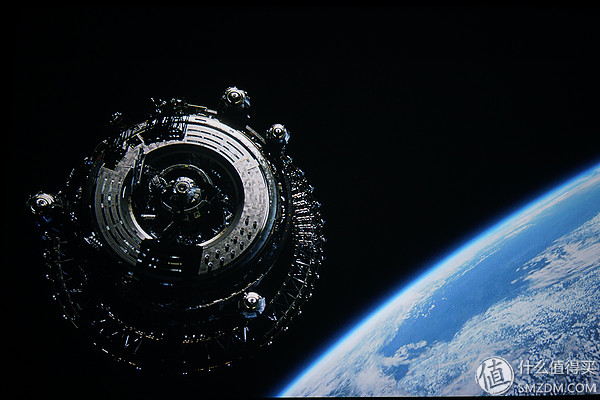
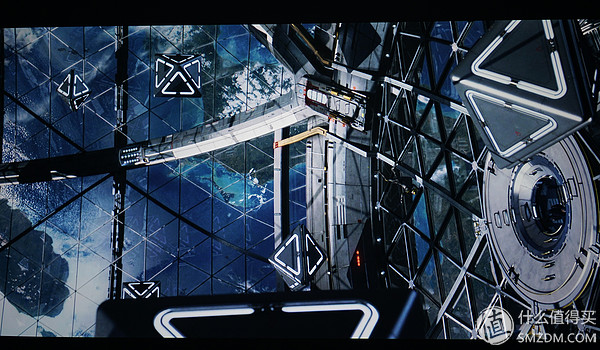

to sum up
It can be seen that for more than 100-inch screens, whether 4K or HDR is normal 1080P blue light can see a significant increase in effect, but for small and medium-sized screens such as commonly used under 75-inch TV HDR The improvement brought by the picture is more significant than the improvement brought by 4K than 1080P. In past movie productions, colorists will pull up the brightness of the overall picture, mainly to enhance the brightness and detail of the picture to enhance the perception (not every movie theater will adjust the brightness of the projection lamp to meet the requirements of the director, especially a country). However, sacrifice is the contrast and layering. It can be said that the 1080P Blu-ray movies that we have seen in the past are overexposed. It seems that every movie scene can feel that there is a lot of lights on the characters and scenery. (In fact, the original filming was In this way, but the audience feels that it is a play), and the HDR gives a person's perception is closer to the real scene than the previous SDR. The contrast of the picture is obviously strengthened and the sense of depth is rich. The picture is immediately stereoscopic and the color is more realistic. , so that the audience can better integrate into the movie scene. 4K resolution, HDR effect, stronger dark color gamut, and panoramic sound effects, this is the effect of 4K UHD Blu-ray, that is to forget the projector, forget the curtain, forget the speakers, and completely put into the movie. A thrilling audio-visual tour.
Electric Iron Burner
Portable Electric Burner,Electric Cookers,Counter Top Cooking Tools,Electric Iron Burner
Shaoxing Haoda Electrical Appliance Co.,Ltd , https://www.zjhaoda.com